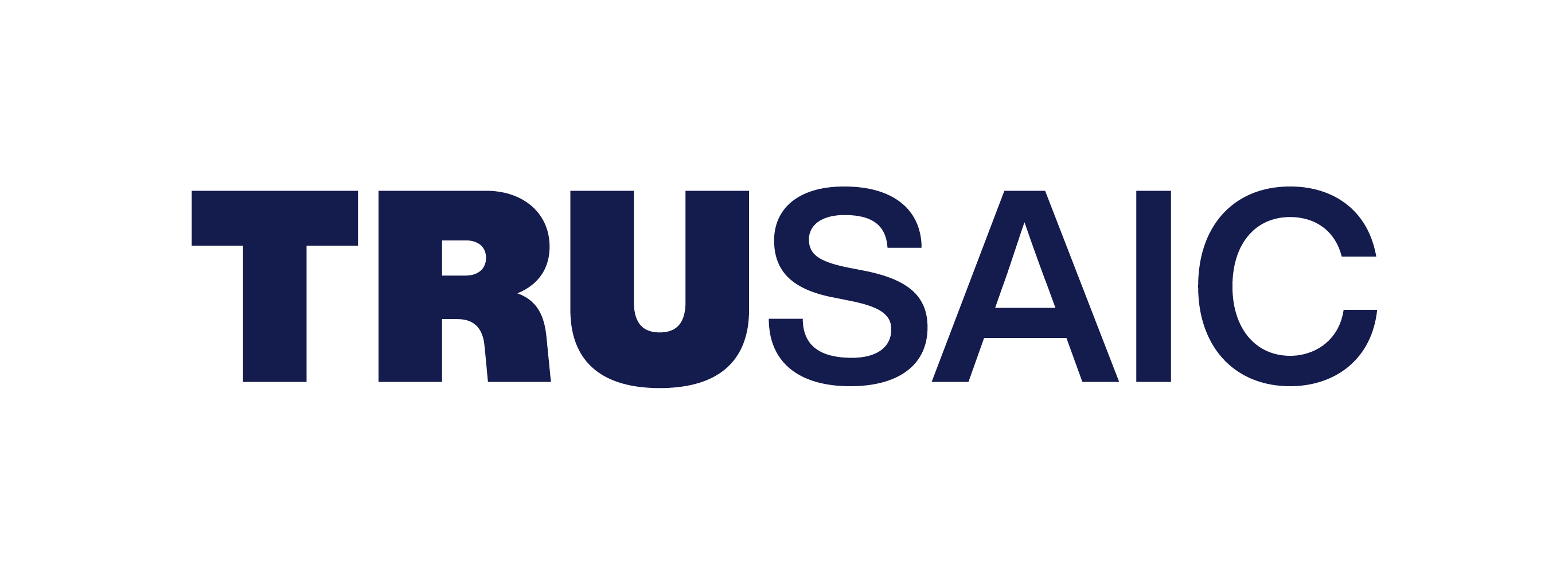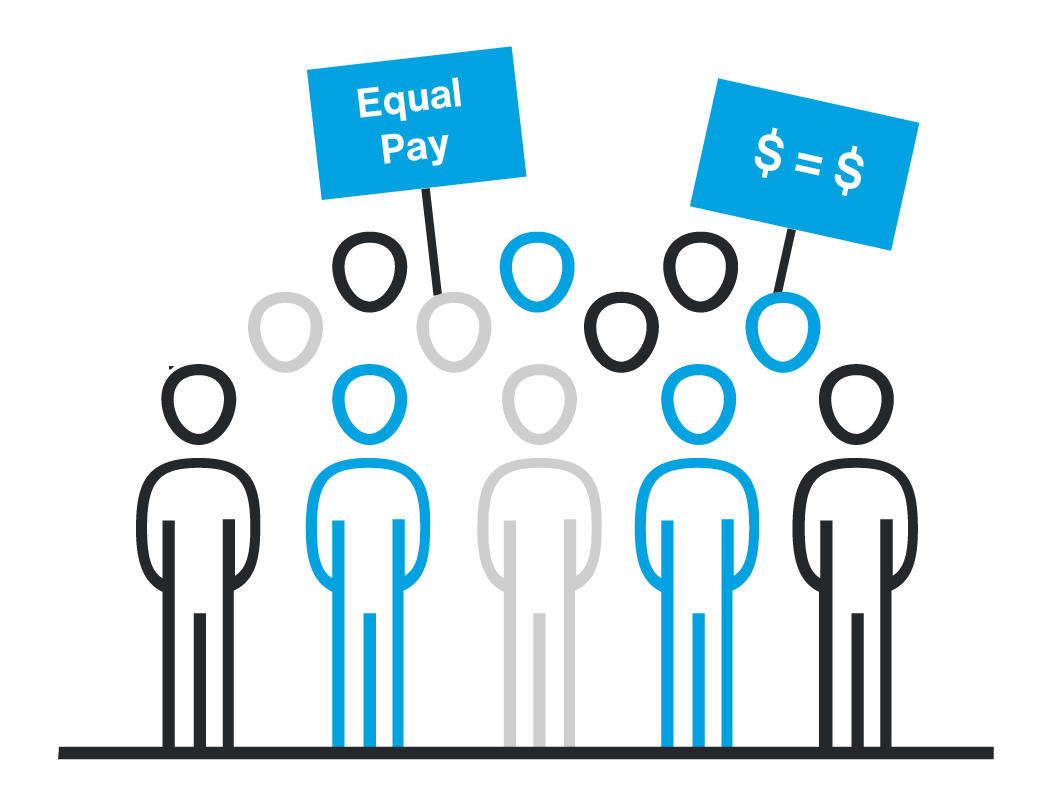
2 minute read
Earlier this summer, Trusaic discussed an equal pay case brought by a psychology professor against the University of Oregon. In Freyd v. University of Oregon, Professor Jennifer Freyd, a well-respected scholar with over thirty years’ experience, sued on the basis that at least four other male professors in her same department received higher pay. The outcome of that case is still pending. On October 1, 2020, an analysis in the American Bar Association reviewed a series of recent equal pay lawsuits brought by professors, which the article claims “has shined a light on [the] academic compensation process.” Now, a new report by the New York Times reveals another data point in what appears to be a pay discrimination reckoning for institutions of higher learning.
According to the New York Times, five female professors sued Rutgers University on October 14, 2020, claiming unequal pay on the basis of gender. As the Times notes, Rutgers is the same university at which the late Justice Ruth Bader Ginsburg taught prior to taking the bench, and where she was part of a group that challenged Rutgers’ compensation policies. Ginsburg and her peers, observed the Times, “[won] a settlement that earned the women substantial raises.”
Fast forward to the present, and what stands out in the Times’ reporting is how the current suit against Rutgers mirrors the past. Despite significant academic accomplishments, the professors allege they are nonetheless paid “tens of thousands of dollars a year less than male peers with similar qualifications.” Still, the university says it is “committed to pay equity.”
While we cannot know the outcome at this early stage of the Rutgers professors’ claims, their suit will no doubt call into question the university’s commitment to pay equity. For other universities, as well as businesses, non-profits, and public entities, the costs of ignoring pay equity are high. Yet, there are steps that can be taken now in order to be proactive. Experts across the human capital, legal services, and business intelligence industries recommend a pay equity audit as a critical tool in an employer’s risk management tool belt. A pay equity audit provides actionable intelligence to be proactive in addressing internal inequities with respect to diversity, equity, inclusion, and access (DEI&A).
Not sure how to get started? Let Trusaic provide your organization with a free Pay Gap Assessment, which can be conducted confidentially and includes monthly DEI&A analytics.



